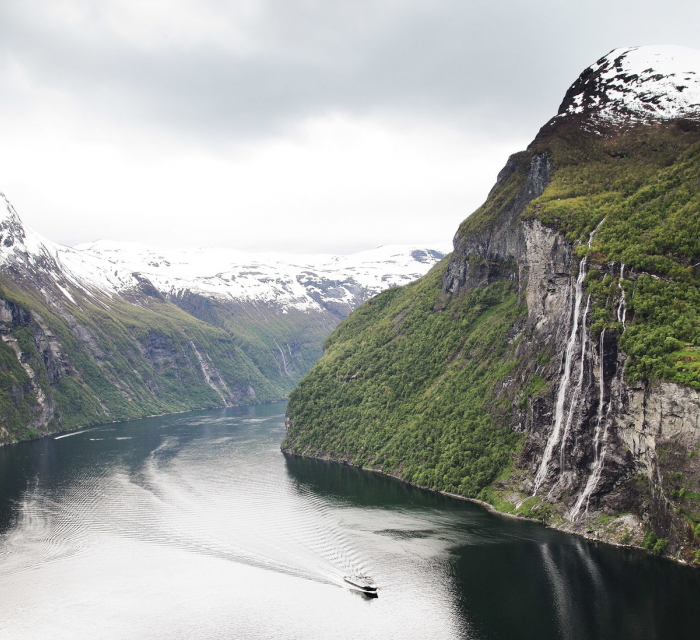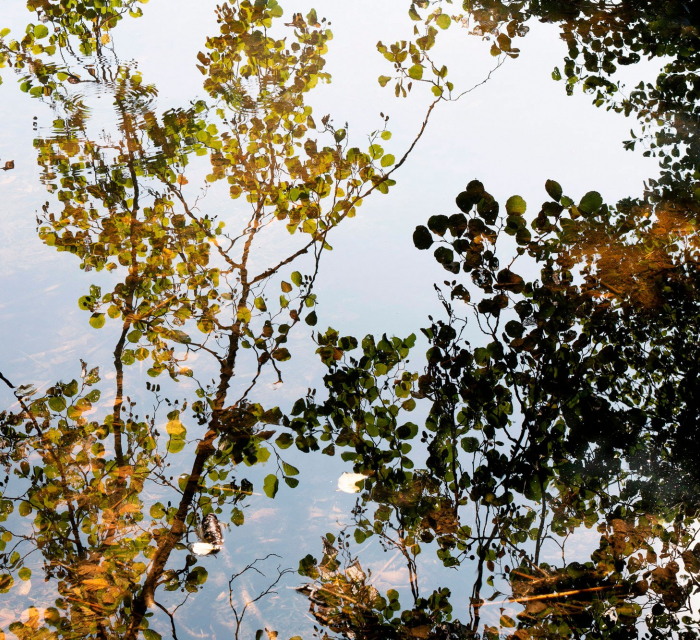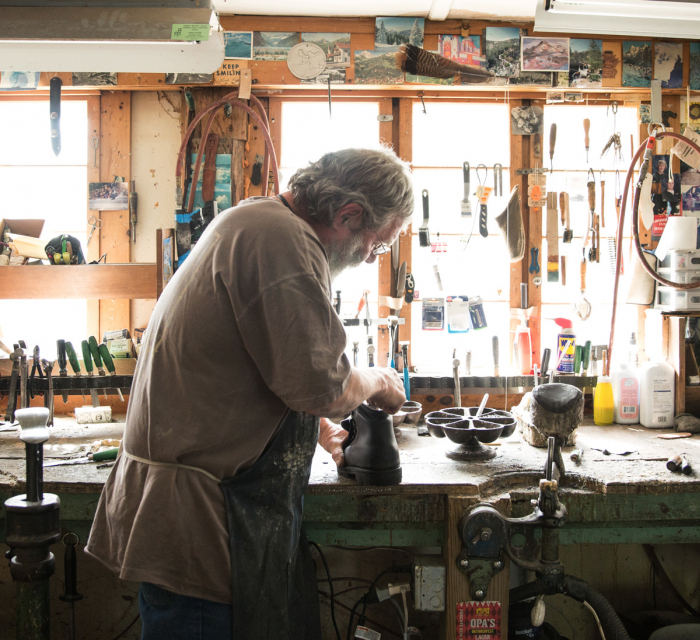Twice a year, in the spring and autumn, huge numbers of raptors wing their way between North America and Central and South America – in the spring they head in a northerly direction to their breeding grounds, and in the autumn they head south to their wintering grounds. This mass of feathery bodies floods the skies, particularly along the Atlantic and Pacific coasts and where the level plains meet the mountainous spines of the continents’ ranges. The birds hitch a ride on the gusts and updrafts streaming off the rocky ridgelines and bulbous bluffs of north-south oriented mountains and shorelines, the blustery currents sending them soaring across huge distances between the forests and prairies of North America and the plains and jungles of Central and South America. It’s a free ride, with little flapping involved; and with a few thousand miles between them and their destination, efficiency is key. Track these steadfast travellers with your binoculars and you’ll see hooked beaks and beady eyes fixed on the horizon ahead. Stand on the brow of a mountain on a migratory path during the spring or autumn and you may find yourself a witness to one of the greatest bird migrations on Earth. Relatively few have experienced this incredible phenomenon, even if it passes them overhead. It lies mostly out of sight – unless you know where to look.

Sky Migrations
Ecologist and filmmaker Charles Post discovers the natural wonder of North America’s flyways and the incredible raptors, or birds of prey, that fly them.
Words & Photography by Charles Post

As a kid, I spent summer mornings at our sun-bleached oak breakfast table with my grandmother. We usually ate cereal, drank orange juice and looked out the window with a collection of bird books spread atop the laminated nautical charts of Massachusetts’ Cape Cod Bay. An old twisted scrub pine lay just a few feet beyond the picture window to the east, and on one of the crooked branches, a bird feeder hung heavy with seeds. On warm mornings, the screened window would be opened and the song of birds would flood in. I had a few chores, and tending to the bird feeder was one of them. Our breakfast birdwatching hinged on me keeping the feeder full. Goldfinches, black-capped chickadees, northern cardinals, and blue jays often vied for position, their sharp feet grasping for the few perches that protruded from the suspended feeder. Chipmunks often scurried below collecting the debris that rained down from the skirmishes overhead. My grandmother kept her observations recorded in a Massachusetts Audubon Society bird checklist, always using pencil in case we misreported.
From this early age, I began to foster a love for wildlife. I had a collection of nets, traps, buckets, aquariums and terrariums, which unbeknown to me at the time, were to become the tools of my trade later in life. Those early days birdwatching with my grandmother, as well as fishing with my dad and exploring the marshlands beyond the front porch of our summer cottage in Massachusetts, cultivated a passion that would become my occupation and primed me for a career in ecology. I went on to spend nearly a decade working as a field scientist and studying at U.C. Berkeley, earning both a Bachelor of Science and Master’s degree in ecology, with a focus on food webs. After finishing graduate school, I felt like a young foal eager to run but restricted by those wobbly legs. I had to find my footing, tune my voice, and wade into the career I wanted to make for myself.
I’d noticed though that in my relatively short time so much had changed in our natural world: species were going extinct 100-1,000 times faster than natural rates, and we were now living through a mass extinction caused by the collective swing of our axe. It had become clear to me that there was a huge disconnect between us and the natural world, and I became driven to help bridge the gap between the scientific community and the general public. I felt that the best way to do this was by celebrating nature through filmmaking and photography, using these mediums to tell stories rooted in stewardship and conservation.

Image By Forest Woodward
I had spent a few years whilst in university living with a friend who was a professional photographer. In my freshman year, I bought one of his old cameras and a single 50mm lens. He suggested I shoot often and only with that single lens. It would train my eye and force me to work for my photos. Telephoto lenses, in his eyes, were a shortcut a novice photographer should avoid early on. A foundation had to be built first. As I spent more and more time observing the natural world with science in mind, my photos began to take shape as an extension of my research, a tool to communicate what I was learning. They became an escape from the graphs, maths and lab work, as an artistic representation of the queries and questions that inspired me and heightened my curiosity.
Migrations have always been a part of my life: I grew up in northern California with a creek just over our back fence where salmon migrate each autumn, and overhead was the Pacific Flyway, one of the major bird migration pathways in the Americas. Flyways can span vast and various continents the world over, with birds setting off on their migratory journeys, some travelling many thousands of miles between their wintering and breeding grounds. The Swainson’s hawk has been known to travel from central Alberta to the Pampas region of Argentina, a migration among the greatest of any bird on Earth. Or the red knot, a shorebird with a migration that spans Canada's Hudson Bay to Argentina’s Tierra Del Fuego, a distance of more than 9,000 miles. But for these migratory birds to thrive, both their winter and summer habitats must be healthy and intact, and their future depends on the preservation of thousands of miles of land and water to sustain them on their epic journeys. The same is true for other migratory species, and for this reason, migrations are phenomena that connect communities across borders, boundaries, continents and hemispheres. They are an equaliser: a way to bind societies to wildlife and encourage people to collaborate in the preservation of a far-reaching patchwork of ecosystems needed to sustain migratory paths.
A 1999 landmark study seared this idea into the minds and hearts of many when scientists in Canada noticed the local population of Swainson’s hawks swiftly plummet. The sharp decrease was traced back to the widespread use of a toxic pesticide intended to kill grasshoppers and caterpillars, primary prey for Swainson’s hawks, in their wintering grounds in Argentina. Birds decimated by the poisoning events thousands of miles away were now missing from the ecosystems of North America during the summer, resulting in an ecological upset. The scientific community recognised that to save long-distance migrants like the Swainson’s hawk, distant communities would have to work together, and it became clear that the migration of birds, arguably the most mobile species on the planet, could be a way to connect people to the health and well-being of ecosystems around the globe.


Today there are many organisations working across borders to ensure the future of migratory species, one of which is HawkWatch International, a non-profit organisation working to protect raptors and their environments through scientific research and public education. HawkWatch International deploys teams of field biologists for 70 days a year to key migration paths within the Americas, and in early autumn 2017, I set out to join one of the seven teams operating mountaintop research stations in the northwestern United States.
As I hiked up an eastern slope of Nevada’s Goshutes Mountains to the field research station, I felt like I was coming home, back to a familiar place and community that had shaped me over the past years as a budding ecologist. It had been some time since I last worked as a field scientist, living off passion, curiosity, dehydrated soup and meagre wages. But this time I entered camp with a different purpose. I had pitched the idea of making a film that would celebrate those sun-kissed, wind-chapped scientists working on the front lines of raptor conservation, stationed along the rivers of migratory flyways travelled by millions of raptors. The project would be a tribute to the scientific community, and a way to share important information in an engaging way that today is often buried within the dense pages of textbooks. Also, for me, it would be the first time I’d sunk myself into a film project that so strongly entwined my knowledge and passion as an ecologist with creative storytelling, and that I’d get to see through from inception to completion, including dissemination and distribution to the general public. I began working alongside talented visual storytellers Max Lowe and Forest Woodward to create Sky Migrations, a short documentary piece that took us on a journey across North America following one of the continent’s great raptor migrations.

Over the course of a week during autumn migration, we followed the Rocky Mountain Flyway from northern Nevada to the Manzano Mountains of New Mexico, covering over 800 miles. The intention of our journey was to embed with the scientists and volunteers positioned along the migration path capturing, banding, documenting and releasing birds of prey as they flew South. The mornings began with the calls of chickadees curiously exploring the new day, and after a quick breakfast, we would make the short hike from our base camp to the various hides where we would sit quietly with binoculars scanning the horizon for the slightest discrepancy in the blue for a migrating raptor. On some days, birds would pour overhead, four or five at a time. And on other days, we might only see a handful of migrants. When a raptor did fly over, the eyes of the field crew would light up. It’s a remarkable thing to sit atop a mountain and lock eyes with a wild bird at 9,000 feet in the sky.
The best moments came when a raptor was caught. The excitement of the group was palpable. The second the bird entered the net, two or three researchers would sprint to the bird, gently untangle it with the utmost care, and carry it back to the hide for banding, feather samples and documentation. The feeling of putting your hands on a wild animal that more than likely has never been touched by a human is a gift and something most people will never experience. It’s the ultimate trust exercise. You, as the handler, know a precious life lies in your hands, literally. And from the bird’s perspective, you are the scariest thing it’s ever seen. But, there’s an opportunity to collect data that will help its kind survive into the future. It’s a tradeoff: a few minutes of stress in return for a chance to ensure its offspring, and their offspring to come, continue to flood autumn and spring skies on this very migratory path.


Whenever I read headlines of species declines or, less frequently, of species recovery, I try and remember there’s a community of people dedicated to the fate of each of these organisms. Blood, sweat, tears, and countless days have been spent researching and documenting these species so they might have a fighting chance into the future. During my years in academia, I met many of these passionate scientists, learned from them, found inspiration in their work, and realised that they are often unsung heroes. This community of conservation-minded men and women are helping to ensure the longevity of an untold number of otherwise imperilled plants, animals, bacteria, fungi and ecosystems far away from the spotlight of newspaper headlines. It is this community that in part became the focal point of our film.
A central idea to Sky Migrations is the notion that while it may take a village to raise a child, it truly takes at least a hemisphere to raise a raptor. It felt important to us to inspire and inform people so they too could become reverent of our planet’s ecosystems. It can be easy to take conservation for granted and assume that others are tending to it, but in reality, conservation is something we should all be involved with, and it best succeeds when a rich and diverse community of stewards hell-bent on protecting voiceless species and ecosystems pull together. I truly hope audiences around the globe are reminded of this and feel inspired towards a sense of stewardship, because conservation thrives when stewardship flourishes.
On our final day out at the research station, as we released our last golden eagle back into the wild, it was impossible to ignore the bird’s symbolism: many raptors still flood the skies because we continue to protect and preserve them. Society deemed them too important to disappear, sadly unlike the dodo and passenger pigeon. The future of conservation is in our hands. So let’s leave behind a legacy of which we can be proud. •

Charles Post is an ecologist and filmmaker inspired by the confluence of society and wild landscapes. Charles applies his passion to creative projects that lean on the communicative power of film, journalism and photography to inspire our next generation of stewards.
Sky Migrations is currently touring the globe with the Banff Mountain Film Festival, and will be on the Wild and Scenic World Tour for the next two years. Also, keep an eye out for it in upcoming film festivals in the USA and Europe. The full film is also expected to be released on Vimeo later in the year. To learn more about the film and watch the trailer visit Charles' website or hop over to Vimeo.





























